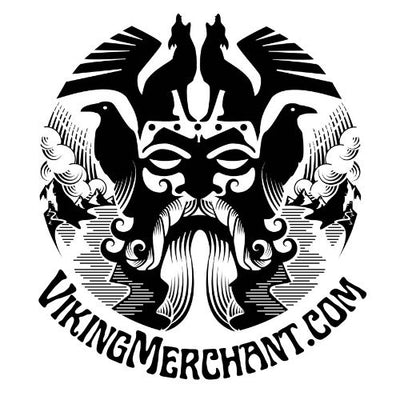A History of Necklaces
Posted by Amber Lee on
Many people are surprised to learn that the invention of the necklace actually predates the invention of the first writing in Near Eastern civilizations. The earliest known necklaces hail from the Stone Age, making them some 40,000 years old, and they were crafted entirely from natural materials such as vine or animal sinew. These flexible lengths could then be adorned with shells or similarly decorative paraphernalia to present more striking visual themes. The scope for more advanced necklaces relied heavily on the development of weaving and string; although it was the progress represented by cloth working and metalworking that truly drove the craft onwards.
Metalworking first appeared around 8,700 BC, and when combined with twine and string it allowed necklaces to achieve increasingly complex and intricate forms. Greater control over the casting of specific shapes first appeared in the Bronze Age, when freshly melted metals were used to create a range of distinct necklaces for both prestigious male and female persons alike. It was also this level of expertise that brought about the first known chains. When this proficiency with metal was joined by additional trade skills such as gem cutting and glassblowing, necklaces began to reach the decorative heights that they have sustained into the present day.
A variety of metals such as natural copper, gold, silver, electrum and even platinum were used by ancient jewelry makers to fashion necklaces, but modern day technology has allowed new metals to be introduced which more dated techniques would have been unable to melt or develop. When one factors in electroplating, a process that allows a more coherent metal coating to be achieved, and laser etching to make even the finest of detailed carvings a reality, it is not surprising that modern necklaces are so varied in form.
The word ‘pendant’ comes from the Latin word ‘pendere’, meaning ‘to hand down’, and this immensely popular type of necklace was actually one of the first necklace designs to see regular use. Because a pendant is essentially a piece of jewelry suspended by a necklace style ‘loop’ it was well within the capabilities of prehistoric man; although contemporary pendants have naturally improved exponentially in terms of aesthetics. Here at Viking Merchant we have a vast array of pendants available to buy, many with metal chains or leather ropes.
Share this post
- Tags: animal, bear, chain, jewelry, mens jewelry, necklace, norse, Odin, raven, totem, viking, wolf, womens jewelry


